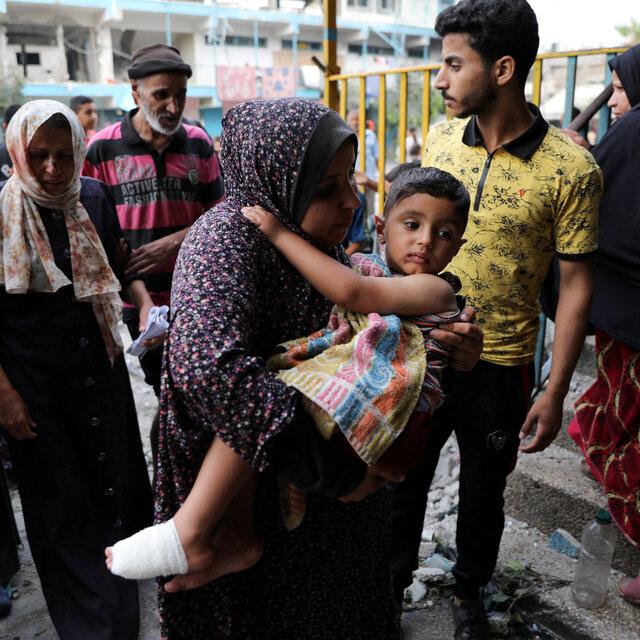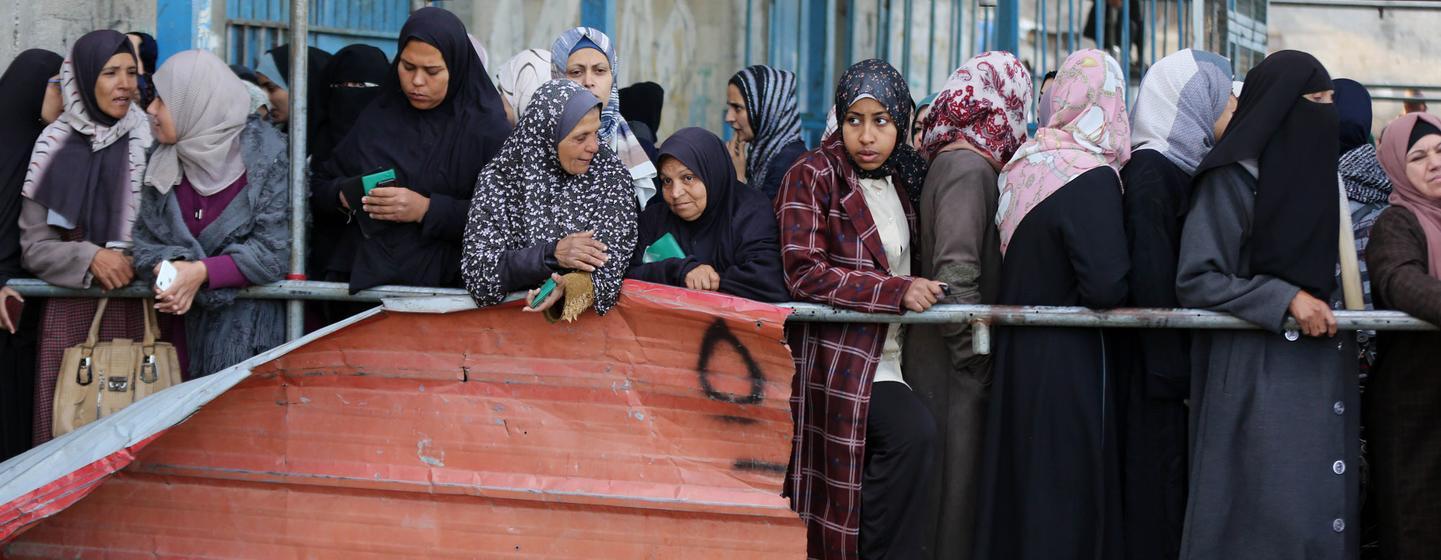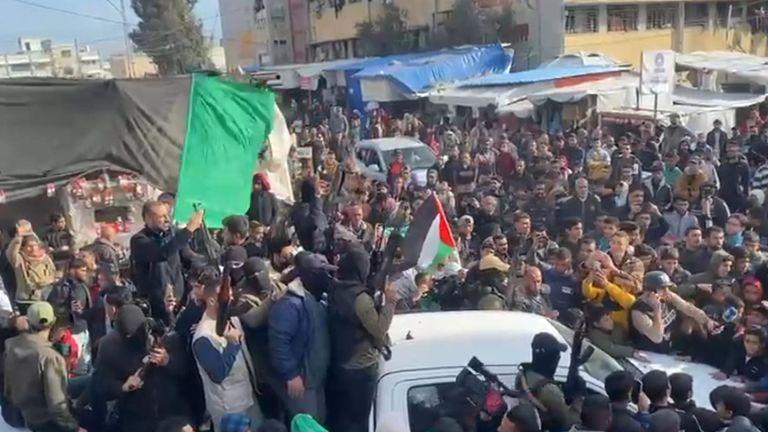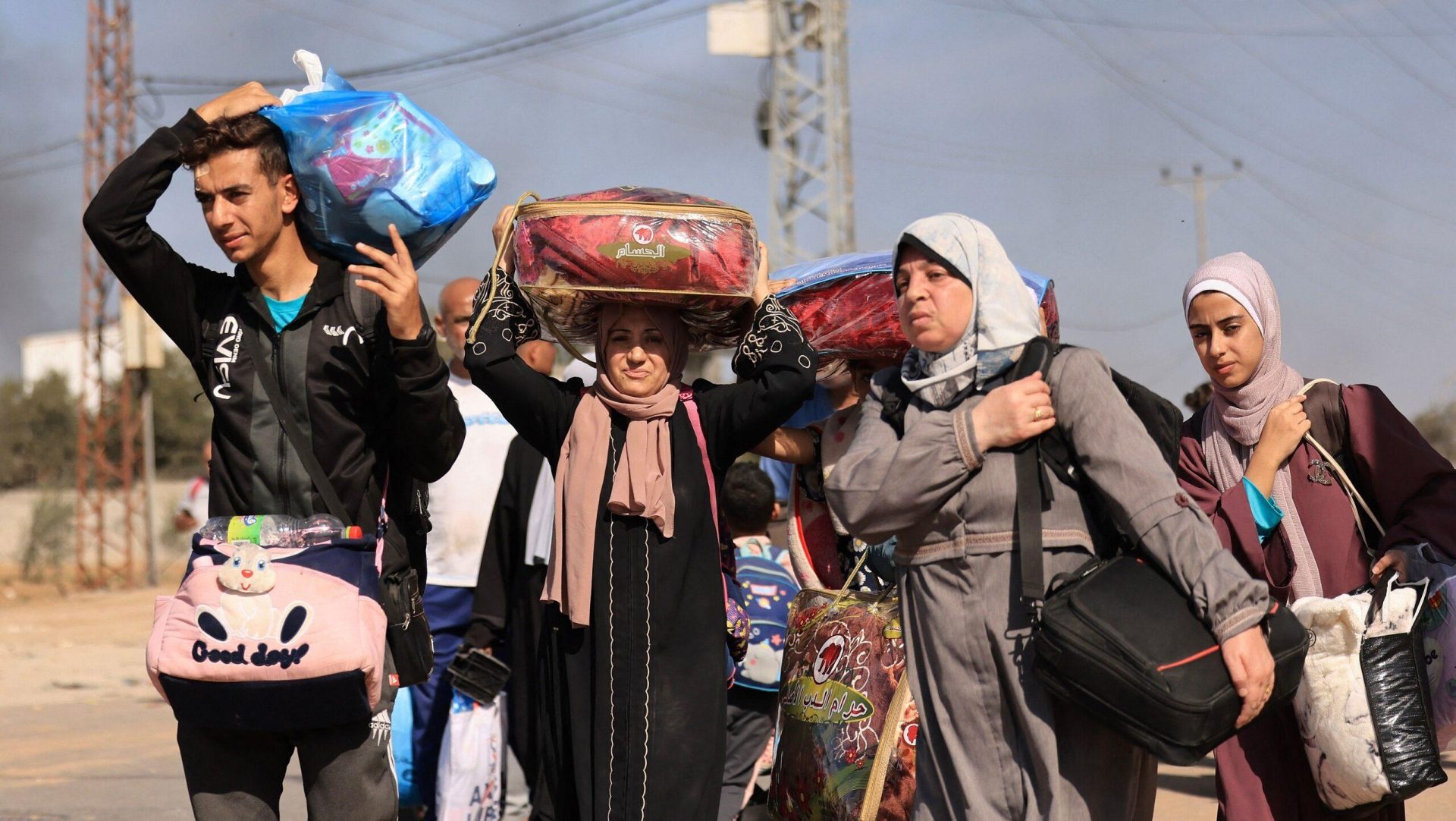gazans on Edge as Ceasefire Hopes Diminish
As the days stretch on and optimism wanes, residents of Gaza find themselves in a precarious limbo, haunted by the possibility of renewed violence just as they dare to hope for peace. The streets,once bustling with the typical rhythms of life,now pulse with an undercurrent of anxiety and fear. Families huddle together, exchanging stories of loss and survival, while constantly tuning into news updates that speak of negotiations and potential ceasefire agreements.The specter of last-minute catastrophes lingers, amplifying the stress of living day by day under the threat of escalation.
In this climate of uncertainty, many Gazans express their harrowing concerns:
- Fear of Displacement: The devastation of homes and the urgency to seek safety has led many to prepare for the worst.
- Loss of Hope: With each failed attempt at achieving a ceasefire, the faith in political solutions dwindles.
- Vulnerability of Daily Life: Basic necessities—water, food, and medical supplies—are becoming increasingly scarce.
As residents cling to the fragile hope that a ceasefire could somehow materialize, they remain ever-aware of the delicate balance that could shatter at any moment, leaving them once again grappling with unimaginable chaos.

Understanding the Human Toll of Prolonged Conflict
The current situation in Gaza reflects an alarming reality, where the consequences of ongoing hostilities extend beyond the immediate loss of life. The psychological burden on residents, especially children, is profound as they navigate a landscape marred by destruction and uncertainty. In these turbulent times, the most vulnerable—those already coping with trauma from previous escalations—now face compounded stressors, leaving them in a state of persistent anxiety.Basic needs such as food, water, and shelter stand at risk, heightening fears of catastrophic failure in relief efforts. Each day becomes an apprehensive waiting game, as families question not only their survival but also the vrey future of their community.
The potential for a ceasefire, although a beacon of hope, is overshadowed by the reality of what prolonged conflict has wrought. Many Gazans remain on edge, fearing that any moment could bring fresh violence or further destruction. among the concerns are:
- Displacement: The risk of becoming refugees in their own land increases with each passing day of conflict.
- Loss of livelihood: Sustained hostilities disrupt local economies, stripping families of their means to support themselves.
- Health crises: Access to medical care dwindles, exacerbating pre-existing conditions and heightening the urgency for humanitarian assistance.
This anxiety is palpable, as Gazans cautiously cling to the hope of peace while remaining vividly aware of the fragility of such moments in the shadow of ongoing violence.

International Response: Diplomatic Efforts to Secure Peace
As the tension in the region escalates, the international community has ramped up diplomatic efforts to broker a ceasefire, aiming to bring a semblance of peace to Gaza. Various nations and organizations are stepping forward, hoping to facilitate constructive dialog among the conflicting parties. Key initiatives include:
- Emergency Meetings: Numerous emergency summits have been convened by the United Nations,where representatives of major world powers gather to discuss viable solutions.
- Proposals for Mediation: Countries such as Egypt and qatar have offered to mediate discussions, leveraging their regional influence to foster a pathway toward de-escalation.
- Humanitarian Aid Corridors: Proposals are being made to establish safe passages for humanitarian aid to reach those affected by ongoing violence, a crucial step towards stabilizing the situation.
Despite these efforts, skeptics point to the historical difficulties in achieving lasting peace in the region. The complexities of local grievances and the deep-rooted nature of the conflict add layers of challenge to diplomatic negotiations. Recent statements from world leaders reflect a cautious optimism, highlighting the urgent need for a diplomatic resolution that prioritizes human rights and security for all parties involved. The international community faces a race against time, hoping to avert further catastrophes as Gazans await news of a ceasefire, caught in a cycle of anxiety and uncertainty.

Building a Resilient Future: Recommendations for Post-Conflict Recovery
The scars of conflict often run deep, affecting generations and creating a cycle of trauma that is arduous to break. As Gazans hold their breath in anticipation of a ceasefire, it’s crucial for stakeholders to envision and implement robust strategies that facilitate healing and rebuilding. A resilient future can be fostered through community-driven initiatives that empower local populations. Fostering grassroots organizations, enhancing local leadership, and integrating conflict resolution education into community programs can all contribute to a more cohesive society. Additionally, prioritizing mental health services and trauma-informed care is vital for helping individuals recover and reintegrate into their communities.
Economic restoration is equally critical, requiring collaborative efforts between international bodies, local governments, and NGOs. Investment in sustainable infrastructure, the promotion of micro-entrepreneurship, and fostering trade relationships can stimulate local economies, providing livelihoods that are essential for recovery.Additionally, engaging youth in these processes not only harnesses their energy and innovation but also instills a sense of ownership over their future.strategies must prioritize inclusivity, ensuring that marginalized voices are heard and considered, thereby fostering a community that is not just rebuilt but transformed into a thriving society that stands resilient against future adversities.
